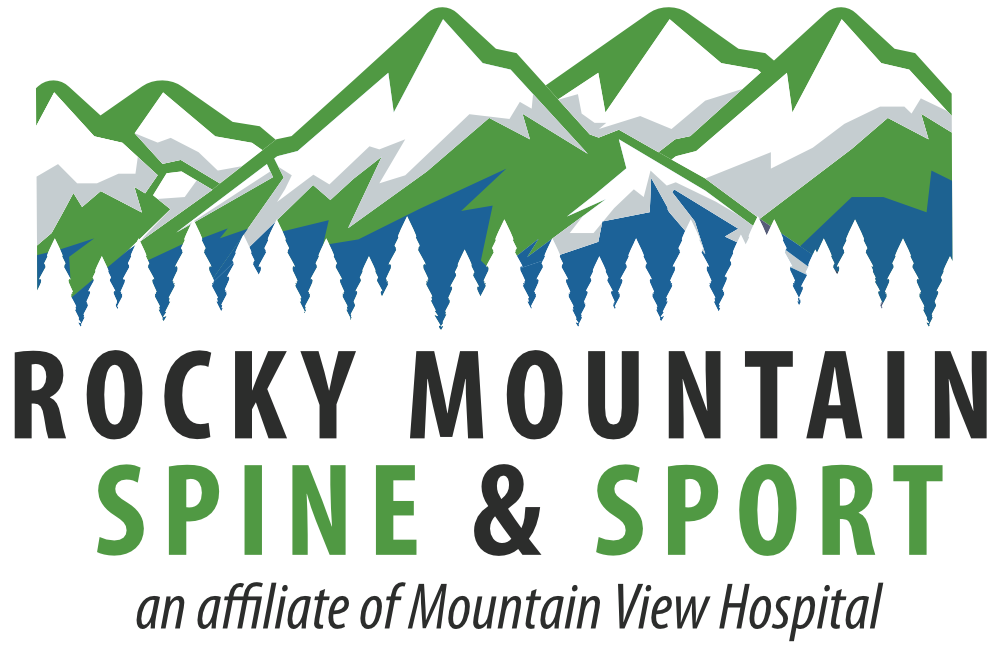Radiofrequency ablation of the genicular nerves is a minimally invasive procedure that has been proven to provide good pain relief for chronic knee pain.
Genicular Radiofrequency Ablation
In the past, there have been limited treatment options for patients with chronic knee pain. It is a frequent health problem affecting 25% of adults over the age of 50 and is frequently associated with osteoarthritis. Knee pain often limits activity, thereby reducing function and overall quality of life.
While knee replacement (total knee arthroplasty) is a great treatment for many patients, studies have found an estimated 10-35% of patients continue to experience long-term pain after total knee replacement. This can be a discouraging experience for both the patient and for the surgeon.
Furthermore, some patients do not want to undergo a major surgery such as knee replacement, or may not be a good candidate due to age or other underlying health issues.
Commonly Asked Questions About Genicular Radiofrequency:
What is Genicular Radiofrequency Ablation?
The procedure is done in two stages. First, you have a ‘nerve block’ procedure done, which is performed under live x-ray guidance (fluoroscopy). This provides temporary (1-2 hrs) pain relief, and establishes that you will be a good candidate for the nerve burning (radiofrequency ablation). After we have established that you are a good candidate, the radiofrequency ablation procedure is then scheduled at a later date and is done as an outpatient procedure with an IV put in for some sedation during the procedure.
Some patient experience increased discomfort for a few days following the procedure. Generally, patients experience full relief 2 weeks to a month following the procedure, with pain relief typically lasting 6 months to a year.
How long does the procedure take?
It takes approximately 1/2 hr to perform and is generally well-tolerated by patients, with pain relief provided through the IV medication.
